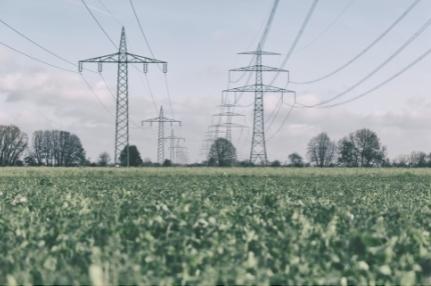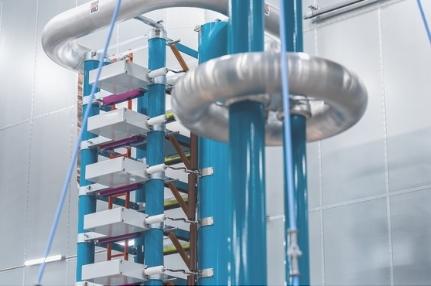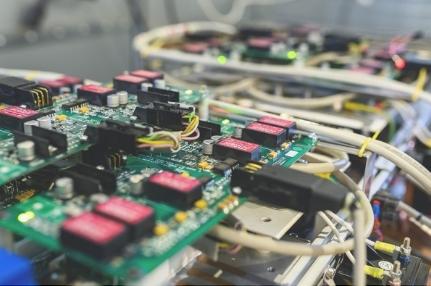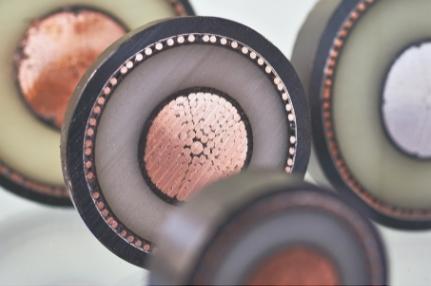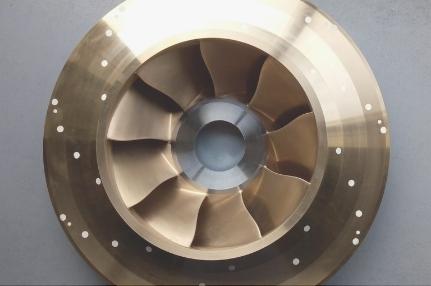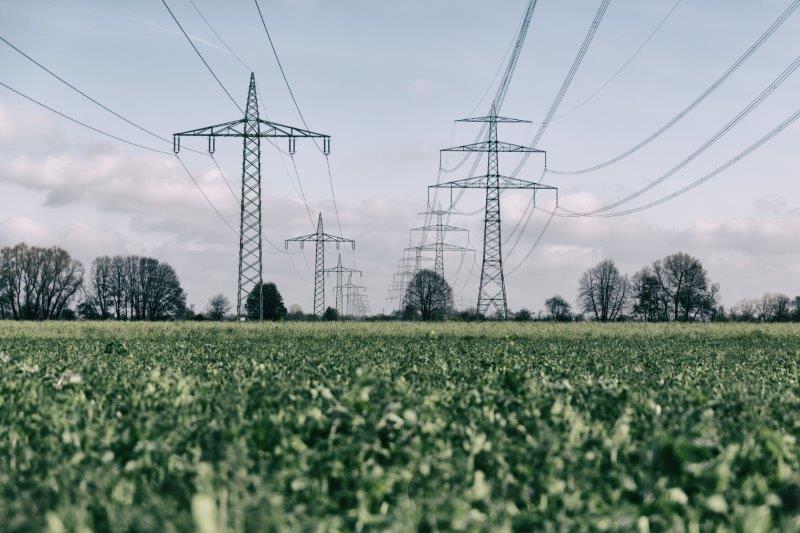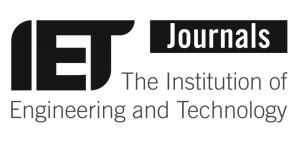Recherche & collaboration
Qu’est-ce qui nous rend unique ?
SuperGrid Institute doit son succès aux personnes qui composent nos différents départements de recherche. Nos équipes viennent d’horizons divers, tant industriels qu’universitaires, et la richesse de leur expérience et de leurs compétences rend l’Institut unique.
Chaque personne apporte une expertise spécifique et ce vivier de connaissances offre aux spécialistes de différents domaines la possibilité de collaborer sur des solutions innovantes pour résoudre des problèmes techniques.
L’Institut bénéficie d’étroites relations de collaboration avec des acteurs de l’industrie et des institutions académiques. Alors que les forces complémentaires de nos partenaires apportent des éclairages et des approches innovantes aux défis techniques, nous développons nos départements de recherche en toute indépendance. Des investissements conjoints publics-privés et des projets de collaboration financent le travail.
Les installations de recherche, les plateformes de test et les laboratoires de pointe de SuperGrid Institute sur les sites de Villeurbanne et de Grenoble sont la clé du succès de nos départements de recherche.
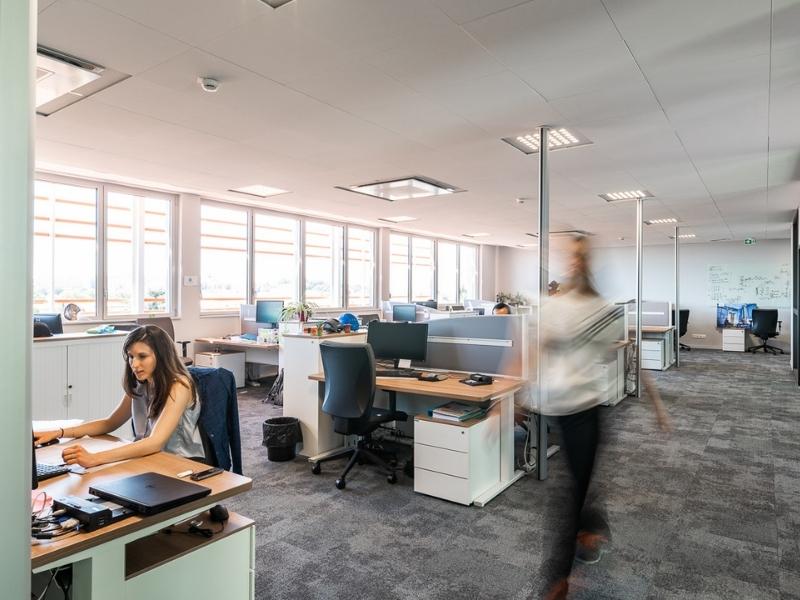
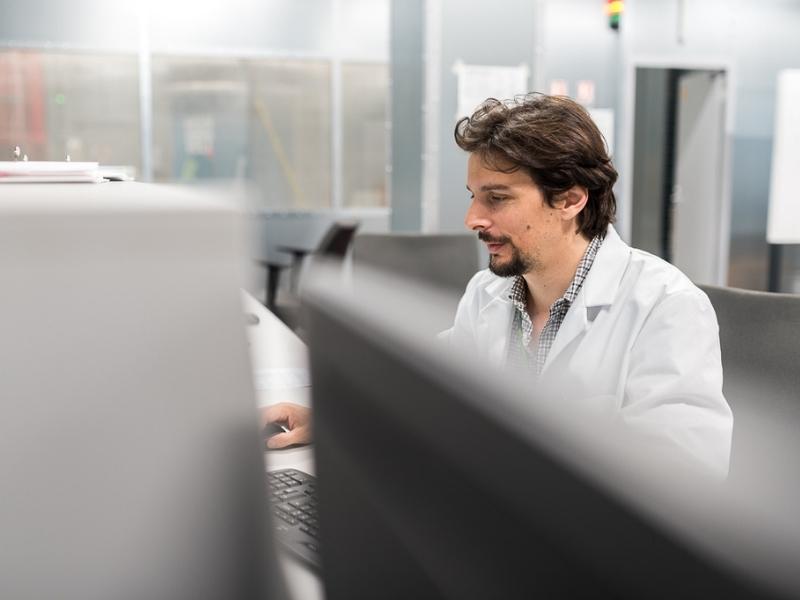
Nos dernières publications scientifiques
A vision of HVDC key role towards fault-tolerant and stable AC/DC grids
Achieving an efficient and robust AC/DC grids transmission system requires to develop a vision of HVDC role and functionalities in different situations.
Transient stability of power systems with embedded VSC-HVDC links: stability margins analysis and control
Impact of embedded Voltage Source Converter-based High Voltage Direct Current VSC-HVDC links on AC grids transient stability.
Transient stability of power systems with embedded VSC-HVDC links: stability margins analysis and control
Impact of embedded Voltage Source Converter-based High Voltage Direct Current VSC-HVDC links on AC grids transient stability.


